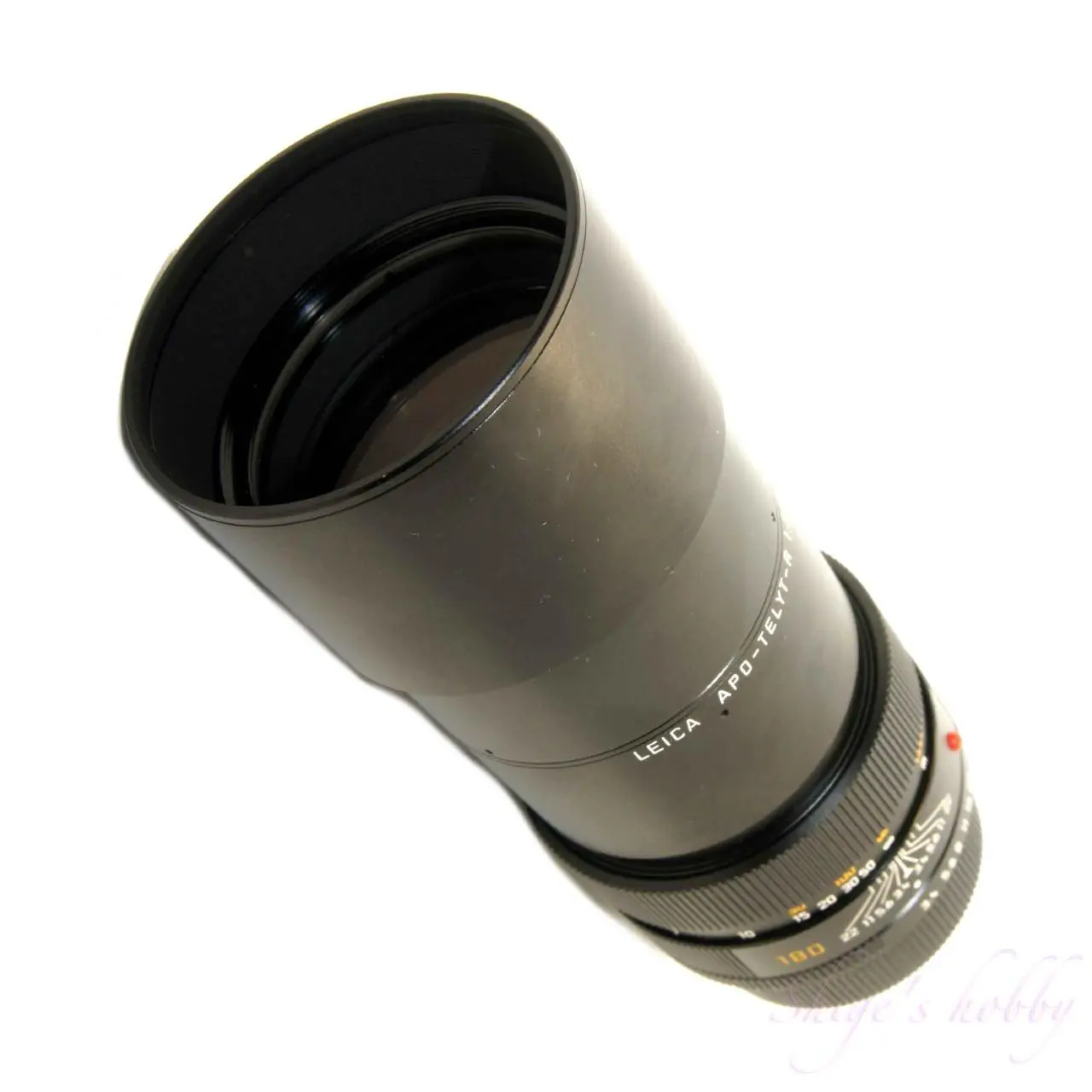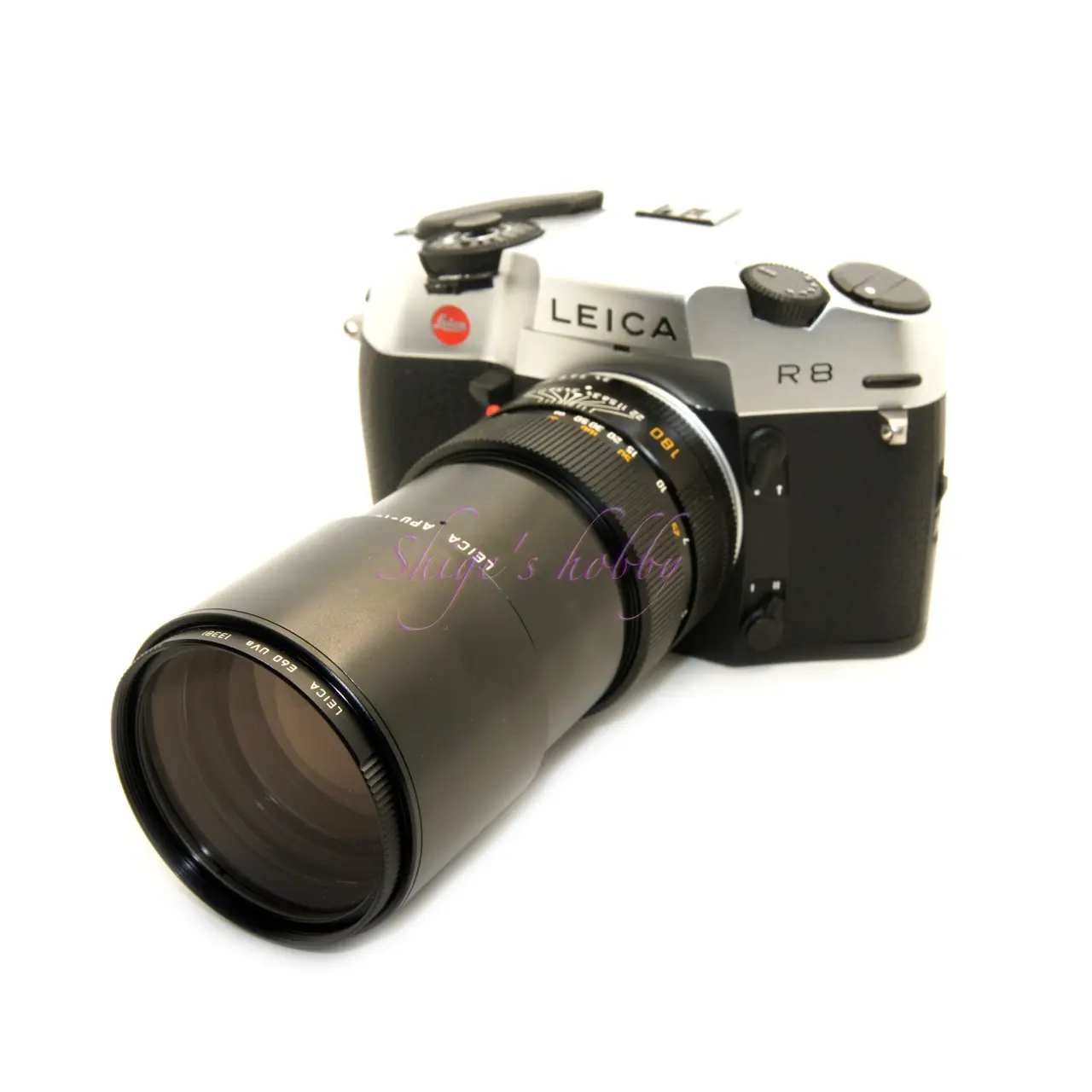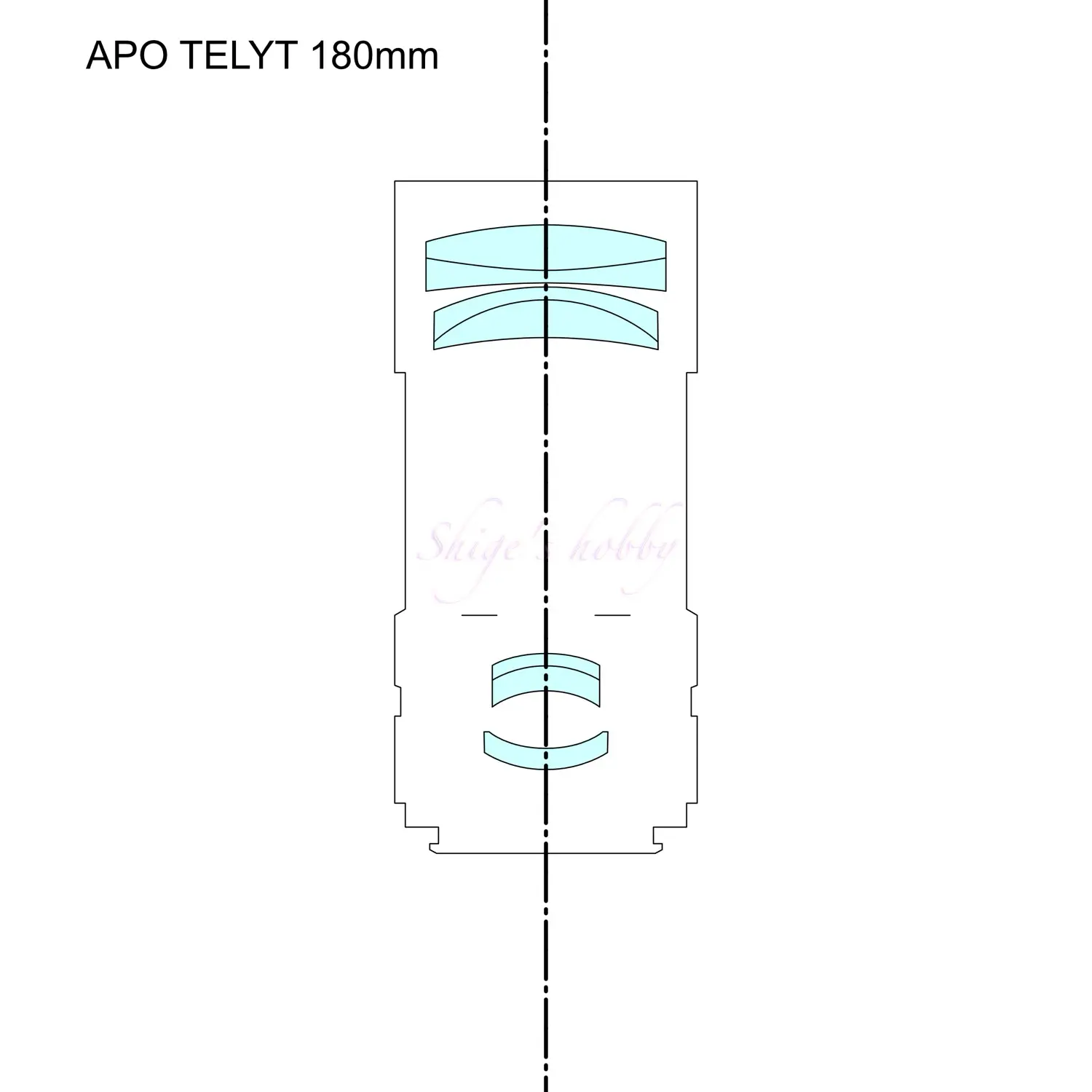The first 180mm telephoto APO TELYT R 180mm F3.4

A review and photo examples using the APO-Terito R 180mm F3.4 with the digital medium-format camera HASSELBLAD X2D-100C.
- Please see the disclaimer regarding advertising here.
- Italicized links in the text are advertisement links that take you to other sites.
Table of contents

Gallery
The following cameras were used to take the sample photos:
- HASSELBLAD X2D-100C
- SONY α NEX-6 +SPEED BOOSTER x0.71
- SONY α7Sii +APO EXTENDER x2
- SONY α7Sii +EXTENDER x2
- SONY α NEX-7
Review


1.Overview
The APO TELYT R 180mm F3.4 is a Leica R-mount telephoto lens of which 17,000 were produced between 1975 and 1998.
The lens consists of 7 elements in 4 groups, 8 aperture blades, and a minimum shooting distance of 2.5m.
This lens is available in 3-cam and R-cam mounts with ROM terminals on the second-hand market. The lens introduced here is also a 3-cam. What’s strange about this lens is that I’ve never seen an R-cam version.
Leica has released many variations of telephoto lenses with a focal length of 180mm for the R mount. The representative lenses are as follows. This APO TELYT 180mm was the earliest 180mm lens released.
Leica R 180mm Lens List
- APO TELYT 180mm
- ELMAR 180mm
- ELMARIT 180mm Old
- ELMARIT 180mm New
- APO ELMARIT 180mm
- APO SUMMICRON 180mm
The inclusion of the Summicron 180mm F2 in this lens lineup shows that Leica was particular about 180mm.
The Summicron 180mm F2 is a lens that I am very interested in, but it is expensive because it was produced in small numbers, and there are not many uses for the long focal length of 180mm, so I have not yet purchased one.
2.Usability
The APO TELYT R 180mm f/3.4 is a slender yet heavy lens, providing stable shooting when used with a relatively large camera like the LEICA R8.
I purchased this lens because the cherry blossom season and the low price meant it was readily available.
Like other R-mount lenses, the aperture ring is located at the base of the lens barrel, with the focus ring located slightly forward. Considering the balance between the operability and appearance of a slender lens, a wider focus ring would be preferable.
This design is due to the fact that it reuses the focus ring from the Elmar-R 180mm lens, which was released around the same time. The issue with the minimum focusing distance, which I’ll discuss later, may have been due to insufficient extension due to the use of a helicoid.
While this lens does have some limitations in terms of photography, the sharpness of the captured images and beautiful bokeh are its defining features, making it definitely worth the price. In some situations, I don’t even notice any difference compared to the more expensive APO-Elmarit 180mm.
When used with a Hasselblad X2D, the image circle completely covers the 44x33mm medium-format digital sensor, with no noticeable distortion even at the edges.
Because this lens has a wide image circle, I would like to use it with a LEICA S Typ007, but this is impossible due to the difference in flange focal length between the camera and lens.
I also used it with a camera with a smaller sensor, and thanks to the large image circle, I didn’t notice any significant distortion in the images, even when using a genuine LEICA 2x teleconverter to extend the focal length or a METABONES SPEED BOOSTER ULTRA X0.71 wide converter to shorten the focal length. This is a testament to the lens’s excellent properties.
The only issue with shooting is the minimum focusing distance of 2.5m.
One way to compensate for this is to use the genuine LEICA macro adapter (14299), which can shorten the minimum focusing distance to around 1.5m. This value leaves something to be desired compared to more modern 180mm lenses.
To further improve this, you can extend the focal length to 360mm with a 2x teleconverter and then attach a macro adapter, which will give you a focusing distance of around 2m and sufficient macro performance.
I purchased the APO-Elmarit 180mm and the Vario-APO-Elmarit 70-180mm for the 180mm focal length, but I didn’t use them very enthusiastically. I often use telephoto lenses over 300mm and shorter focal length lenses under 90mm, and I’m aware that I don’t have much use for 135mm to 180mm lenses as a personal photography preference.
Long-focal-length manual lenses designed for medium-format cameras are available quite cheaply on the used market, and if you’re using a camera with a medium-format digital sensor, such as the Hasselblad X series or Fujifilm GFX series, they would also be good options.
3.Summary
In conclusion, to sum up the APO TELYT R 180mm F3.4 is a telephoto lens with a wide image circle and good color reproduction. Its relatively low price makes it a good candidate if you’re looking for a long focal length lens. Its weakness is that the minimum focusing distance for the lens alone is only 2.5m, which means it can’t get close.
To compensate for this, you’ll need to use a macro adapter or teleconverter, making it less versatile than modern lenses with short minimum focusing distances.
Specification and series lens
I compared the lens configuration diagrams of the earliest APO TELYT 180mm and the latest APO ELMARIT 180mm.
The latest APO TELYT 180mm has a telescope-like lens arrangement with the front and rear groups separated, making the design look old. Also, compared to the APO ELMARIT 180mm, the lens diameter is 8mm thinner and the lens length is 3mm longer, so the balance when attached to a large camera such as the LEICA R8 is worse than that of the APO ELMARIT 180mm.
- The lens construction diagrams are quoted from each company’s materials, and the sizes have been adjusted by us, so they are not exact.

| Item | Apo telyt | elmar | apo elmarit |
| focal length(mm) | 180 | 180 | 180 |
| Maximum aperture | 3.4 | 4 | 2.8 |
| Minimum aperture | 22 | 22 | 22 |
| Lens configuration | 8 | 6 | 8 |
| Leaf blade | 7 elements in 4 groups | 5 elements in 4 groups | 7 elements in 5 groups |
| Minimum distance(m) | 2.5 | 1.8 | 1.5 |
| Lens length(mm) | 135 | 100 | 132 |
| Lens max diameter(mm) | 68 | 85.5 | 76 |
| Filter type | 60 | 55 | 67 |
| Weight(g) | 750 | 540 | 970 |
| Hood | 組み込み | 組み込み | 組み込み |
| Lens mount | ライカR | ライカR | ライカR |
| Release date | 1975 | 1976 | 1997 |
| Production numbers | 17,000 | 11,500 | 1,900 |
Reference links
- All about the R-type Leica (2003 edition) / Author: Shinichi Nakamura / Edited by Asahi Sonorama Ads by Amazon
- APO-TELYT 180 description by Leica Wiki
Affiliate links

Update history
- 2025.1.6
- 2024.03.29
Leave a Reply